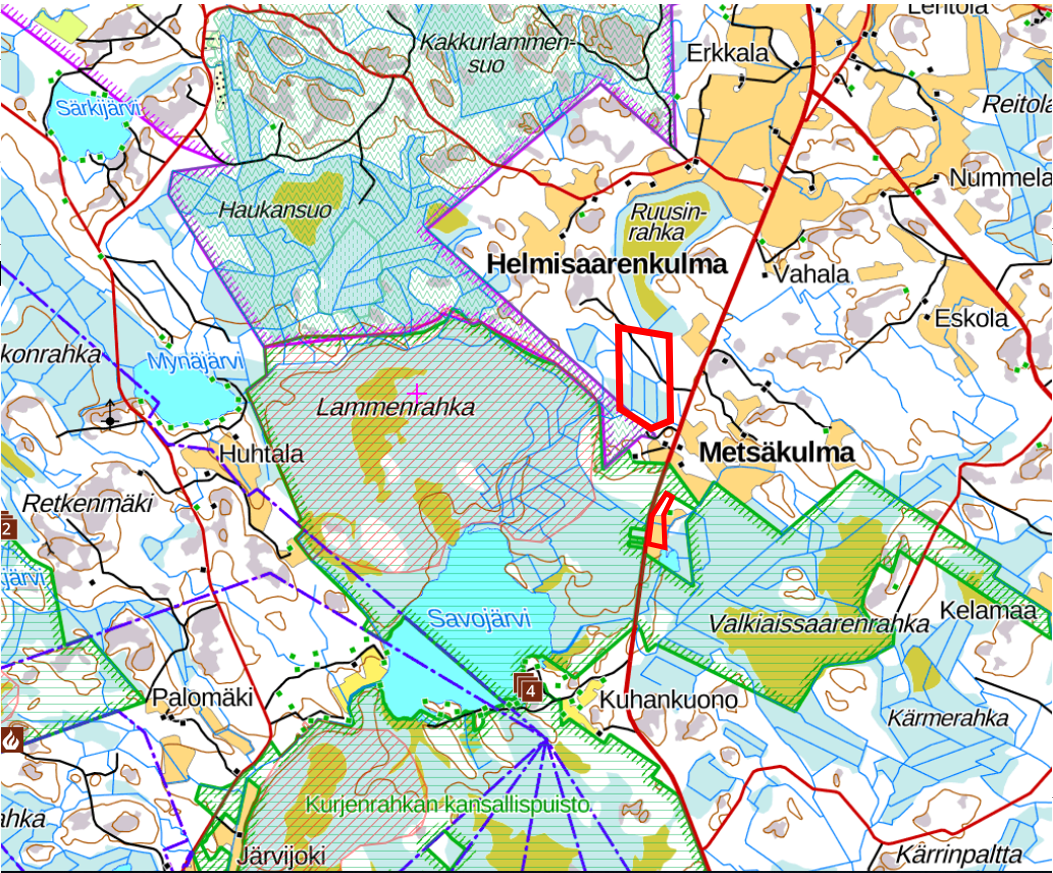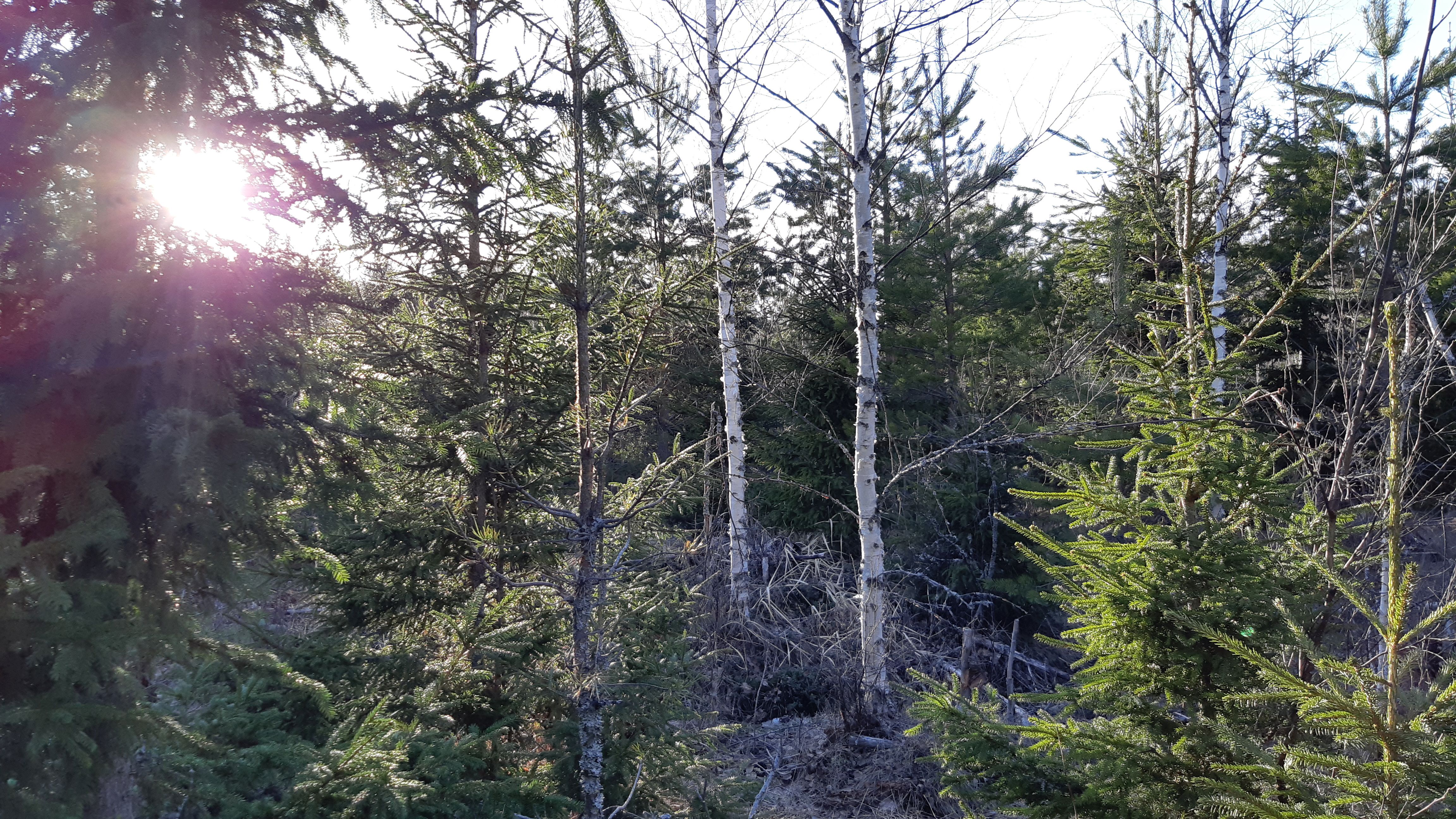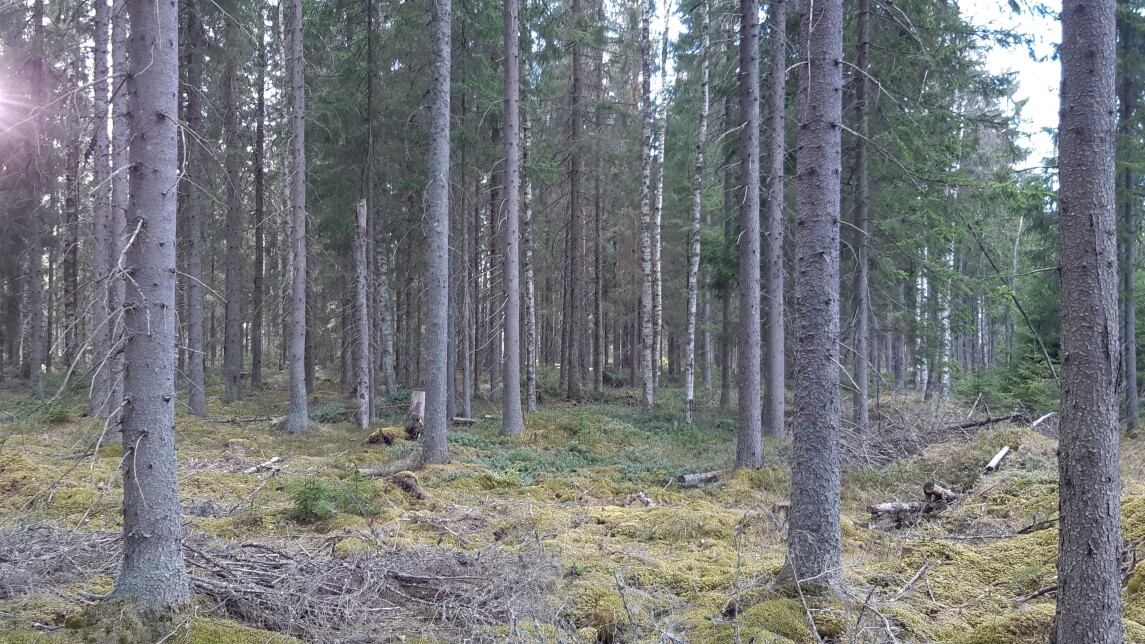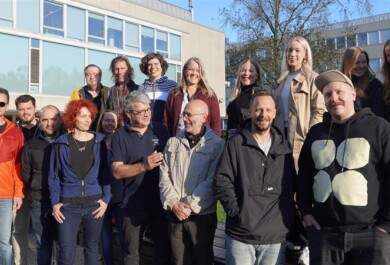The University of Turku Nature2100 fund (Luonto2100-rahasto) that was established last year under the Turku University Foundation has bought its first forests close to Kurjenrahka national park. The two areas that are situated in Pöytyä’s Yläne region constitute altogether 25 hectares. The aim is to enhance the biodiversity and carbon sink of the areas, as well as the possibilities for recreational use.
The bigger one of the forest areas is 20 ha and situated northeast of the Lammenrahka mire on the northern side of Lake Savojärvi. On its southern border, the area is located next to a narrow strip of Raasi military area, which is located between the area and the national park. The Ruusinrahka mire is on the northern border. The area contains clear-cut areas and a sapling stand, but also mature forest patches.
The smaller area is surrounded by the national park on the eastern side of the Turunväylä road, between Lammenrahka and Valkiaissaarenrahka. It consists of a young sapling stand and 2.8 ha of agricultural field.

The Chair of the Nature2100 fund, Vice Rector Mika Hannula says that the forest purchase supports the University’s efforts towards sustainable development.
“In the time of biodiversity loss, it is more and more important to secure habitats for threatened species. In addition to producing scientific knowledge and teaching about sustainability issues, we want to be advancing these aims also through concrete actions. We have expertise on nearly all fields of the society at the University, and it would be great to make this a joint effort among all members of our community”, says Hannula.
Hannula encourages the whole University community to consider how the acquired forests could be used in research and teaching in different fields and how each discipline could support the aims of the Nature2100 fund towards a sustainable future.
University develops the areas with research-based knowledge – students engaged in planning
The main idea of Nature2100 fund is different from that of conservation organisations in that it is not acquiring old forest for conservation but rather younger forests from strategically good locations considering the future. There will be no forestry action for financial gain in the forests; instead, the aim is to enhance biodiversity, carbon sink and recreational possibilities in the long run.
Professor of Ecology Toni Laaksonen sees a lot of potential in the acquired patches for these aims. In the next phase, the University will evaluate how the aims can best be fulfilled considering long-term development of the vegetation and characteristics of the surrounding areas. This may also mean some actions in the forests.
There are, for example, questions about whether some management actions would be beneficial: should the dense sapling stands be thinned to enhance growth, should some tree species be favored, or what would be the best solution for a drained mire that already looks like a forest.
“We can always also decide to do nothing. In time, the forests will mature and grow old in their own pace. But if it is clear that some actions would enhance the development towards our aims, we can take them. We will consider these questions with experts and students on the basis of scientific knowledge and expertise. I believe this will be very motivating for students. We are also happy to take suggestions from anyone”, says Laaksonen.

The purpose of the Nature2100 fund is to acquire forests in order to enhance their biodiversity, carbon sink and recreational possibilities. In particular, the aim is to extend and diversify existing conservation areas in southern Finland. The fund buys forest with an input from the University and private donations. For the first forest purchase, the fund received a donation of €50,000 from Doctor of Law Heidi Andersson, who has supported forest conservation already earlier.
“I consider forest conservation important, and the University is a trustworthy actor that makes solutions based on science. As an additional value, this is simultaneously training future experts in the field”, says Andersson.





